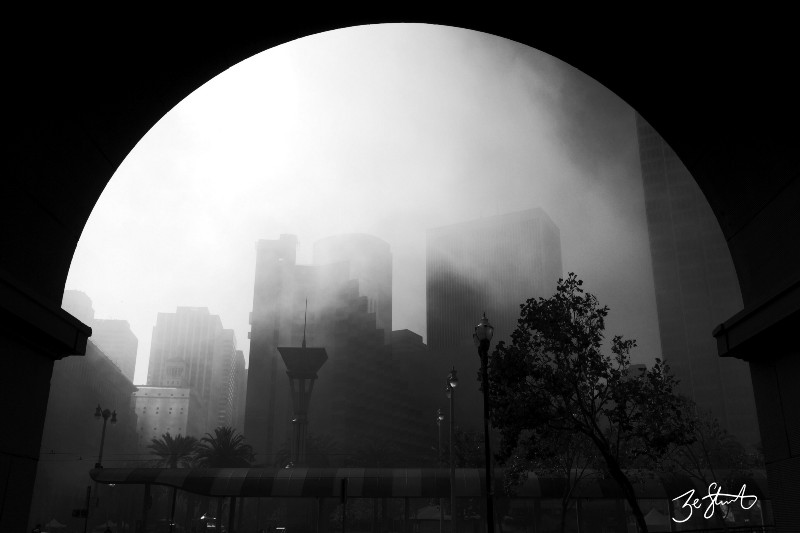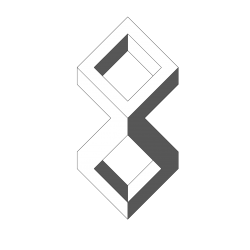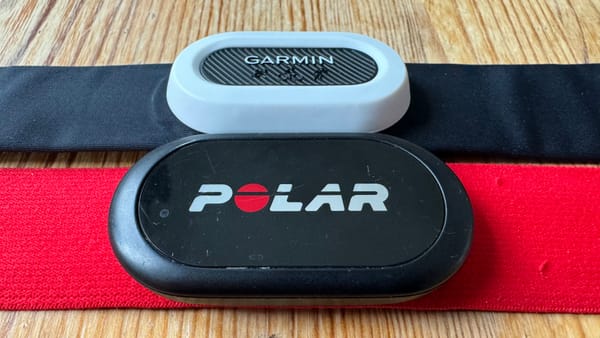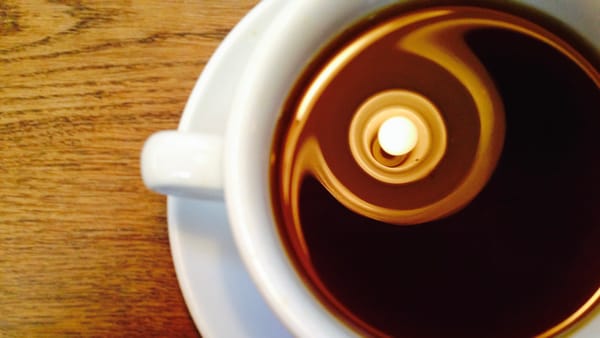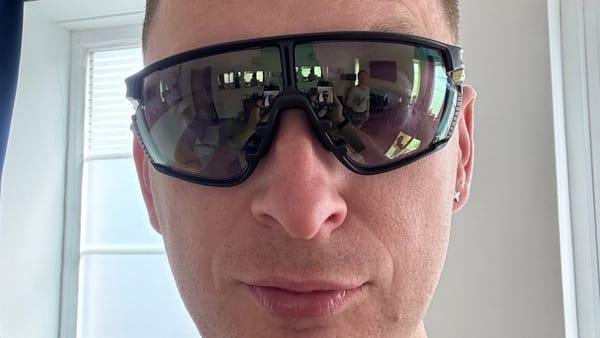The disruptive DxO One
When photography started, it was a case of exposing plates to light in order to change them. Today, the principle still exists, except that…
When photography started, it was a case of exposing plates to light in order to change them. Today, the principle still exists, except that these plates are electronic in nature.
As photography modernised, cameras got smaller, more portable, more mobile, and more adept. As cameras became digital, they started to shed the shackles of their old form, a few brave ones losing their mirrors and becoming mirrorless.
Others shrunk, and others shed more still: Sony created a tremendously bold new format. In lieu of a traditional viewfinder, it had WiFi and an app on a mobile phone. The DSC-QX100 and its lens camera relatives allowed for a new form of mobile photography: high-end quality photos, already on your mobile device, ready for sharing and working with. In addition to the accessibility to photos, the photographer’s eye was liberated from a direct line of site with the subject.
I embraced this photographic form, and bought first the QX100, with its Carl Zeiss lens, and then the QX1 which allowed me to use my E-mount lenses as well.
With this step forwards, came a step back: the average time to connect my phone to the camera’s WiFi network was about 30s, so all-in let’s call it a minute. Amazing photos, but an awful lot of missed photos during setup too, and an awful lot of faffing around.
In 2015, DxO, know for their auditing of lens quality, made their own camera: the DxO One. It continued Sony’s trend, but tethered it in a useful reality: iPhone only, but it has a Lightning connector that removes problems with WiFi connections. It has a 1" sensor, and captures wonderful photos. Sneakily, it also has WiFi, and is able to connect to either an existing WiFi network or create its own like Sony’s lens camera.
After using the DxO One with my iPhone 7 Plus, I was suitably impressed with it to sell my two Lens Cameras and use the new pairing exclusively for photography.
DxO Two, with optical zoom..? One can but hope.
